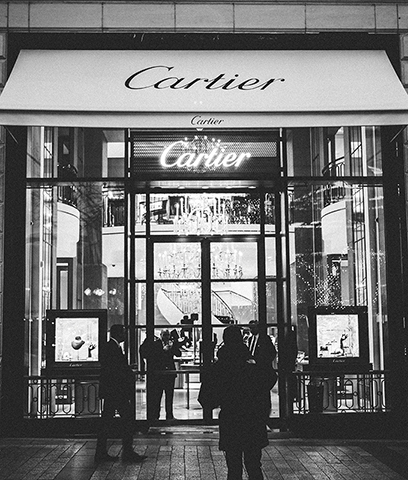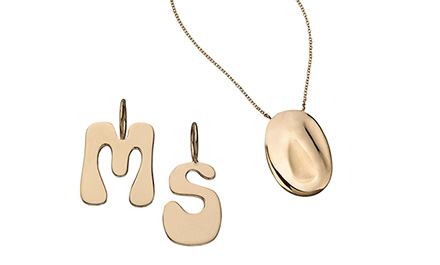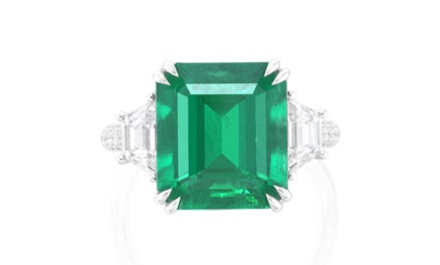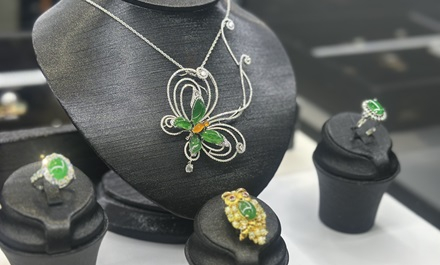For a jewellery retailer, capturing the attention of passersby is visual merchandising. That crucial second when people see a display window determines if they would stop and look, or walk on by. What is the secret to creating captivating jewellery window displays?
Visual merchandising involves the creation of attractive display windows for retail stores. This may include using themes linked to special occasions or marketing tactics to heighten brand awareness. The work of an excellent visual merchandiser makes a huge difference to retailers.
The retail landscape is constantly changing. There could be fewer stores in the future due to a number of reasons: Declining interest in mass consumption, the economic situation and the omnichannel revolution.
At present, stores face the challenge of satisfying the needs of today’s discerning clients.
Dazzling displays
A jewellery store’s window display has to tell a story. It needs to show the client the kind of jewellery or watches on offer, and create brand awareness. Ultimately, an effective visual merchandise is the key to customer engagement and time spent in-store. Its purpose is to spur in-store navigation, leading the customer to explore spaces and products. A visually well-curated store is indirectly related to higher average order value and conversion.
Theatre or no theatre
Rogier Van Ros, currently working for high-end Dutch jewelley retail chain Schaap & Citroen, has extensive background in visual merchandising within the Richemont Group.
“How to implement visual merchandising depends on the vision of the brand,” noted Van Ros. “For the unique diamond boutique we co-created with the Royal Asscher Diamond Company in Amsterdam, we chose to focus on navigation within the store, purposely creating a natural flow between the two brands.”
Without props or theatre, eye-catching jewellery pieces were instead used to attract customers, he noted. In this way, a potential client passing by the window can immediately focus on the jewellery without distraction.
“At Cartier, theatre is everything,” remarked Van Ros, adding that most luxury stores display only a few beautiful pieces in store windows to entice buyers to enter and discover the collections.
The right balance
According to Roz Prest of UK-based jeweller Rosalyn’s Emporium, old-school techniques are still relevant today. She works as a freelance jewellery merchandiser in London.
“The high-end stores on Bond Street are always a huge inspiration but mid- and low-level jewellery stores struggle with having many brands to feature. It’s a puzzle to do it right but it helps to break down the windows and store into ‘hotspots and feature’ areas,” noted Prest.
She defined hotspots and feature areas as places where retailers want their client’s eyes to dwell on such as current offers, featured products or trendy pieces. Good lighting also plays a part in the overall quality of a window display. Prest also suggested looking for design inspirations online through image-sharing apps, architectural references or nature.
Modern showcase
The role of visual merchandising in the modern world is also changing. According to retail news portal Retail4Growth, this means that the value of a good visual merchandising is increasing.
Creating striking window displays has become more critical for retailers, with the modern customer seeking entertainment and experience when shopping.
A modern future-proof window is a place where technology meets technique, and digital technology meets 3D settings. The purpose of visual merchandise is not just about creating stunning displays but integrating customers’ changing shopping habits into the whole spectacle.
Customer feedback and social media presence have likewise become increasingly important for jewellery retailers. Visual merchandise helps enhance online visibility by creating a clear online and offline brand identity. If a jewellery store has multiple brands, it can choose to identify and publicise its status as a store or become a curated showroom for the brands it sells.
Creating visually beautiful display windows isn’t rocket science; it’s all about the details. Visual merchandising is a skill and companies should definitely invest in talents. The future of the visual merchandiser lies in creating a more seamless, overall online and offline experience. Good display windows reflect the identity of the store or brand, and entertain and engage customers to ultimately encourage them to buy.

 Practical tips:
Practical tips:
• Make sure your windows and product displays are clean; check the price visibility and adjust lighting when needed
• Store and brand names should be visible at all times
• Capture emotions and occasions, and convert those into shopping opportunities for clients
• Tell a story. Whether it’s about the beauty of a diamond, Mother’s Day or the brand itself, make sure that the story you visually tell is distinctive and attractive
• Make it an educational experience for clients by incorporating digital tools into the displays
• Invest in young talent who can come up with a fresh approach to creating stunning window displays and capturing the attention of millennials and the Gen Z












 Practical tips:
Practical tips:




